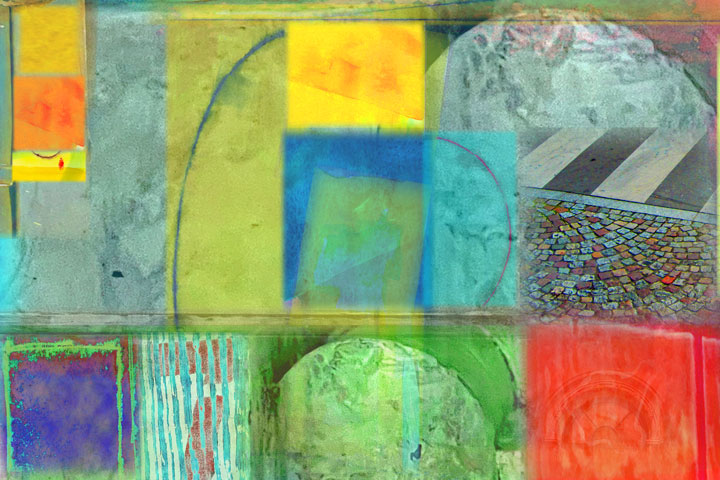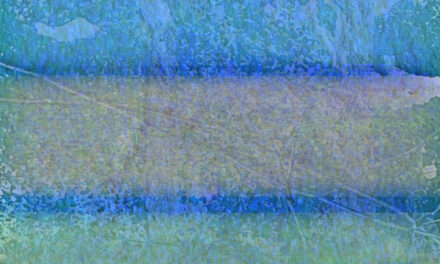Great Basin National Park in Nevada is home to something so old, and yet so alive, we can’t help but feel awestruck.
The bristlecone pine we can see in the park run from 4,700 and 5,000 years old.
Trees alive at the birth of Minoan Civilization on Crete and the dawn of the iron age.
Alive during the days of Piopi and Piopi II, two of the longest reigning Pharaohs in Egypt.
And alive during the early dynastic period in Mesopotamia when mythical kings such as Gilgamesh ruled.
Today’s bristlecone pines are found in Nevada, California and Utah.
Not far from Baker, Nevada in the Great Basin National Park, bristlecone pines grow just below the tree line. Conditions are harsh. Limestone soil offers virtually no nutrients. Savage winds and extreme temperatures are the norm.
These trees present us with an intriguing anomaly. The oldest living species on our planet doomed to the most wretched conditions. An inspiring anomaly as well, nature’s reminder that human achievement can’t be projected solely on environment.
Scientists have learned not to base the age of Great Basin Bristlecone pines on the number of rings in their trunks. Some years they grow so slowly no ring appears.
Slow growth means dense wood, wood so dense it defies rot, resists attacks from insects, erosion and fungi. The land they occupy is unable to support any other growth, so forest fires have little to consume.
Bristlecone pine needles are an inch long. They grow in clusters of five. When cones develop they’re purple, a color that absorbs the heat of the sun. After a few years they turn brown. The little claw on the tip of each cone gives the tree its name.
Trunks spiraled and gnarled from centuries twisting in the Nevada wind, bristlecones grow in three groves in the Great Basin National Park.
The largest grove of bristlecone pines in the park is on Mt. Washington. Others grow at Wheeler Peak and Eagle Peak.






